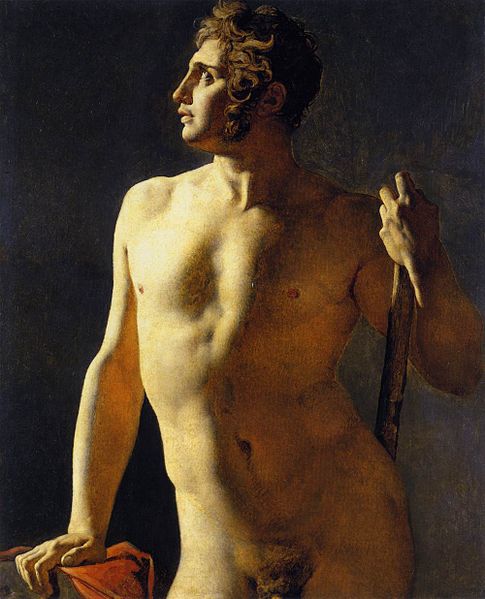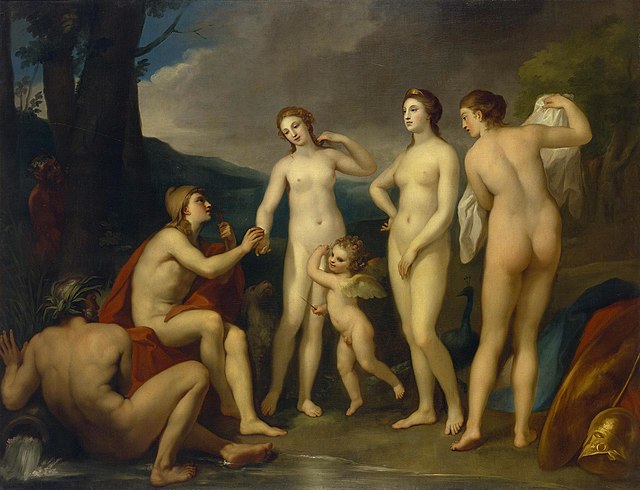Jean-Auguste-Dominique Ingres
Jean-Auguste-Dominique Ingres was a French Neoclassical painter. Ingres was profoundly influenced by past artistic traditions and aspired to become the guardian of academic orthodoxy against the ascendant Romantic style. Although he considered himself a painter of history in the tradition of Nicolas Poussin and Jacques-Louis David, it is his portraits, both painted and drawn, that are recognized as his greatest legacy. His expressive distortions of form and space made him an important precursor of modern art, influencing Picasso, Matisse and other modernists.
Jean-Auguste-Dominique Ingres, c. 1850-67
Male Torso (1800), Montauban, Musée Ingres
The Envoys of Agamemnon, 1801, oil on canvas, École des Beaux Arts, Paris
Napoleon I on his Imperial Throne, 1806, oil on canvas, 260 x 163 cm, Musée de l'Armée, Paris
Neoclassicism, also spelled Neo-classicism, emerged as a Western cultural movement in the decorative and visual arts, literature, theatre, music, and architecture that drew inspiration from the art and culture of classical antiquity. Neoclassicism was born in Rome, largely due to the writings of Johann Joachim Winckelmann during the rediscovery of Pompeii and Herculaneum. Its popularity expanded throughout Europe as a generation of European art students finished their Grand Tour and returned from Italy to their home countries with newly rediscovered Greco-Roman ideals. The main Neoclassical movement coincided with the 18th-century Age of Enlightenment, and continued into the early 19th century, eventually competing with Romanticism. In architecture, the style endured throughout the 19th, 20th, and into the 21st century.
Psyche Revived by Cupid's Kiss; by Antonio Canova; 1787; marble; 155 cm × 168 cm; Louvre
Charles Towneley in his sculpture gallery; by Johann Zoffany; 1782; oil on canvas; height: 127 cm, width: 102 cm; Towneley Hall Art Gallery and Museum, Burnley, UK
Johann Joachim Winckelmann, often called "the father of archaeology"
Anton Raphael Mengs; Judgement of Paris; circa 1757; oil on canvas; height: 226 cm, width: 295 cm, bought by Catherine the Great from the studio; Hermitage Museum, Saint Petersburg, Russia








